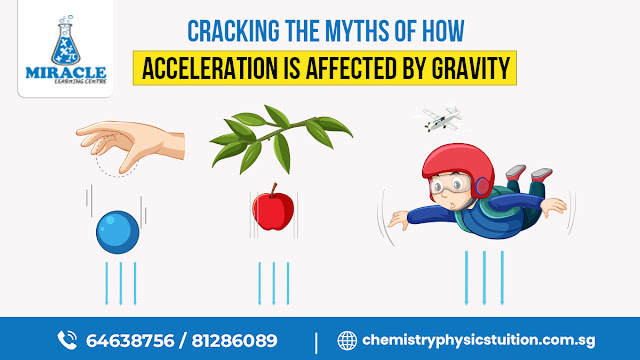In mathematics, certain concepts stand as pillars, providing a profound understanding of numerical relationships. Among these, Mean and Third Proportional emerge as fundamental principles with applications that extend far beyond the confines of mathematical abstraction. Mean and third proportion are related concepts which are often used in the context of proportionality. For those embarking on this intellectual adventure, there's no better companion than Miracle Learning Centre, a beacon of excellence in maths tuition. Let’s explore these concepts in detail.
What is Mean?
Imagine you have a bunch of friends, each with a different number of candies. Some friends have more, and some have fewer candies. Now, let's say you want to distribute the candies equally so that everyone has the same amount. How do you find the "average" number of candies each friend should have?
That's where the concept of mean comes into play. Mean is like the fair share of candies for everyone. To find the mean, you add up the total number of candies and then divide it by the number of friends.
Mathematically, it looks like this:
Mean = (Total number of candies) / (Number of friends)
Let's use an example to make it crystal clear. Suppose you have 15 candies, and you want to share them with 5 friends. The mean number of candies for each friend would be:
Mean = 15 / 5 = 3
So, each friend should have 3 candies. Easy peasy, right?
What is Third Proportion?
Now, let's dive into the mysterious topic of the third proportional. Imagine you have two numbers, say 4 and 8, and you want to find a third number that relates to these in the same way. What do you do?
To find the third proportional, you set up a proportion and solve for the missing number.The third proportional is like the missing piece of the puzzle. It's the number that completes the trio in a special way.
Here's the formula:
If a : b = b : c, then c is the third proportional.
Let's use the numbers 4 and 8 to find the third proportional. If 4 is to 8 as 8 is to a certain number, what is that number?
Mathematically, it looks like this:
4 : 8 = 8 : x
Now, we cross-multiply:
4 * x = 8 * 8
4x = 64
Now, divide by 4 to find the value of x:
x = 16
So, the third proportional to 4 and 8 is 16.
How to Solve Mean and Third Proportional Together
Now, let's combine our newfound knowledge of mean and third proportional in a magical math trick!
Imagine you have three numbers: 3, 6, and a mystery number. You know that the mean of these three numbers is 5. Can you use this information to find the missing number?
Let's set up the equation:
(3 + 6 + x) / 3 = 5
Now, multiply both sides by 3 to get rid of the fraction:
3 + 6 + x = 15
Combine like terms:
9 + x = 15
Subtract 9 from both sides:
x = 6
So, the missing number is 6!
Elevating Your Mathematical Journey with Miracle Learning Centre
Miracle Learning Centre is the best maths tuition in Singapore. They excel in providing personalized and effective tuition, with experienced math tutors employing innovative teaching methods. Whether you're grappling with Mean and Third Proportional or delving into more advanced mathematical concepts, the dedicated educators are committed to nurturing your mathematical potential.
Conclusion
Math doesn't have to be boring or confusing. With a little imagination and some magical math tricks, we can make learning about mean and third proportional a lot of fun. Whether you're sharing candies with friends or solving mysteries with missing numbers, math is an exciting adventure waiting to be explored. If you're looking to navigate the complexities of mathematics with confidence and efficiency, Miracle Learning Centre is the best maths tuition in Singapore. So, put on your math wizard hat, grab your number wand, and let's continue our journey into the enchanting world of mathematics!



